The place that once caught fancy of the mystics continues to enthral modern visitors.
Every temple's deity in Bungmati has a folktale attached and each festival an interesting story behind it. Be it the folktale of flying horse or the famous Red Machhindranath, the stories have been handed down through the ages. Everyone has their own version making it more fascinating and interesting.
Bungamati can be regarded as a typical Newar settlement

History of Bungamati
Bungamati is a traditional settlement, also known as Amarapur. At least three different legends suggest its name. According to one legend, 'Bungamati' was derived by combining the two words: 'Bunga' (Bunga dyo) and 'Mati' (River). Another story mentions the unification of three words in local 'newari' language namely 'Bu' (agriculture field), 'ga' (lower land) and 'mati' (river) - literally meaning agricultural land in the lower land with many rivers.Some modern mythical historians assume that the settlement of Bungamati had already existed before the dawn of civilization in Kathmandu when Kathmandu Valley was a lake. Swayambhu Purana mentions a kingdom named ‘Bandhumati’ in the vicinity of the lake. Historians assume ‘Bungamati’ is derived from the word ‘Bandhumati’ which changed with the passage of time.
However, solid evidence that mark the existence of Bungamati in ancient period is the stone stele of King Amshuverma which mentions the name ‘Bugayumigrama’ of Kirat dialect that can be broken as, Buga- water resource, Yumi- Kirat Goddess, Grama–Village. So historians assert Bungamati to have already existed in Kirat period. According to another legend, the town was developed brining hundred people each from Kathmandu, Bhaktapur and Patan after Lord Machhendranath was brought to the valley to end the 12 years drought by King Narendradeva.


Several artefacts including Salibanjika struts of temples, door frames of monastery, stone spouts resembling the style practiced in transitional period suggests the settlement to have existed in the medieval period. Several accounts of King Sri Niwas Malla (1680s) associated with the construction/renovation of courtyard, water spout, rest houses suggest Guthi system being responsible for taking care of cultural heritages and management of town.
Since the medieval times, Bungamati has been a popular pilgrimage site in Asia. Even the rulers of the valley used to visit Bungamati to pay homage to Bunga-dyo. The 11th century manuscripts of Astasahasrika Prajnaparamita lists Bunga as the important pilgrimage sites along with Wutai Shan in China, Srivijaya of Indonesia and shrines in Srilanka. Also, many Tibetan pilgrimage guides and biographies illustrate Bungamati.
The town of Bunga or Bungamati lies about nine kilometres to the south of Kathmandu which is an exclusively Newar farming community. The inscriptions discovered here suggest the settlement already existed in the 7th century AD.
Discovering Bungamati
The place that once caught fancy of the mystics continues to enthral modern visitors.

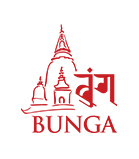
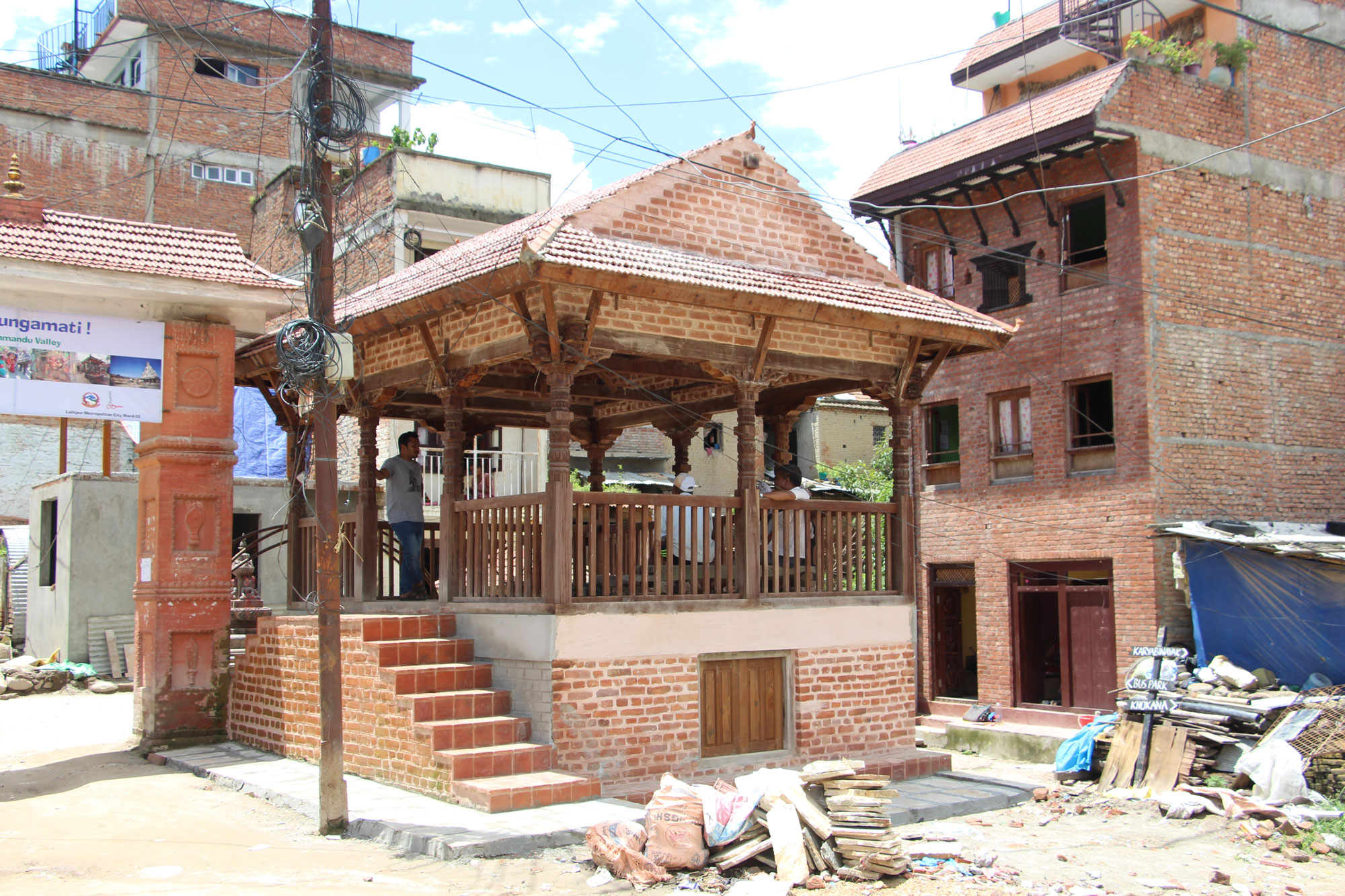




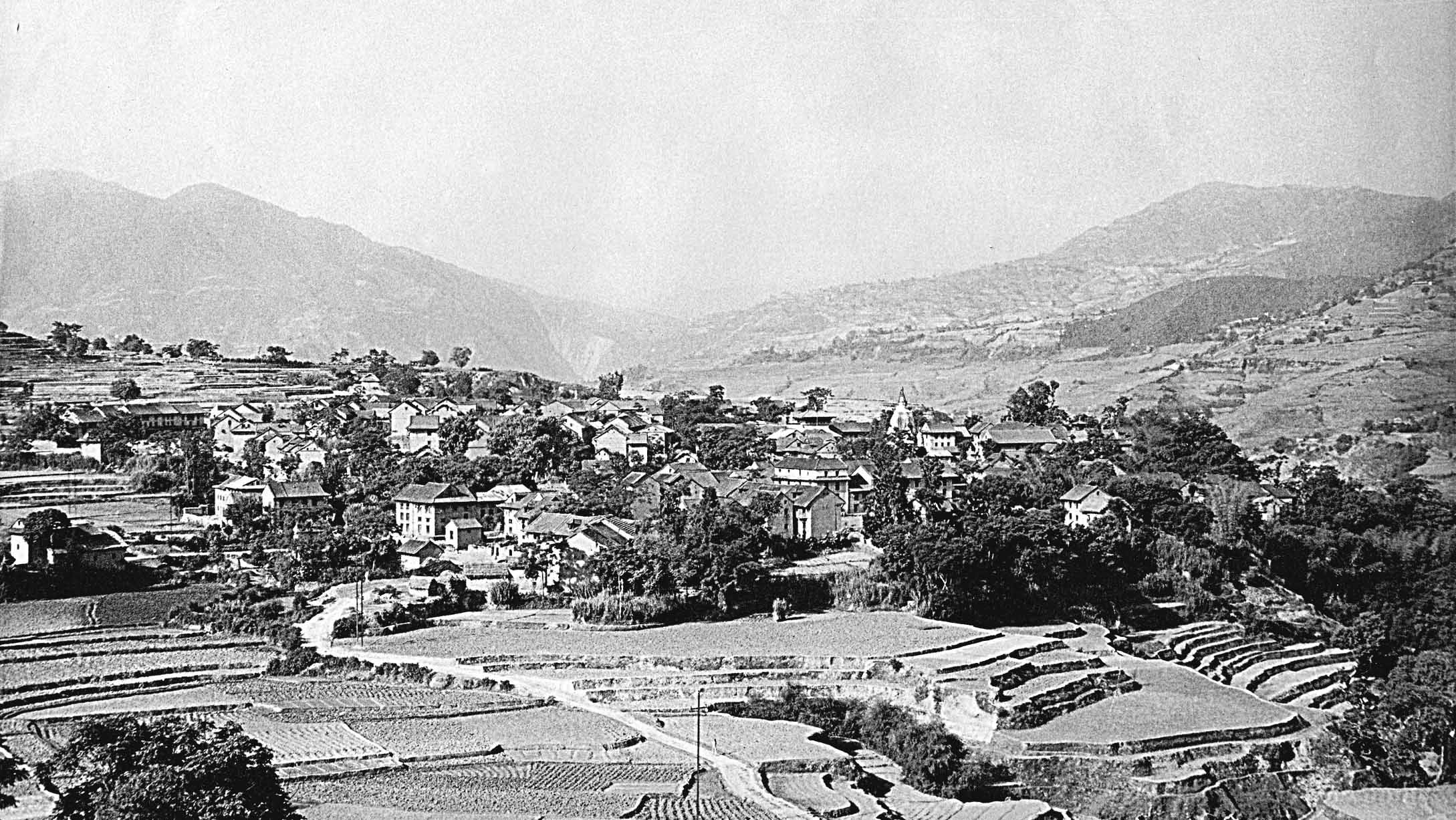

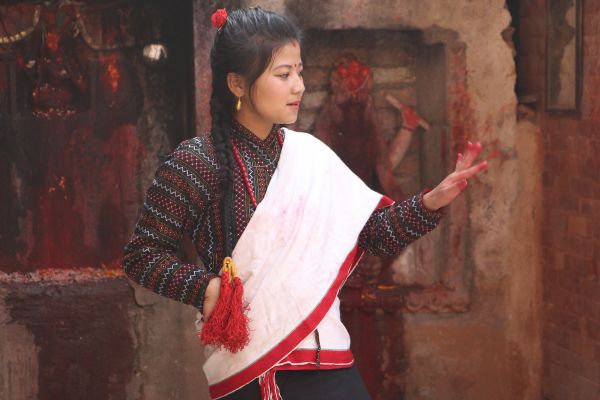
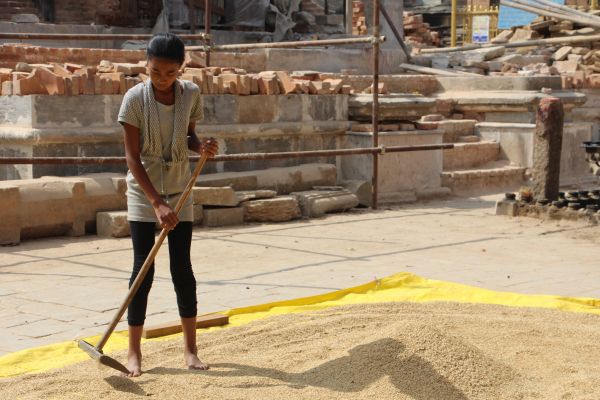
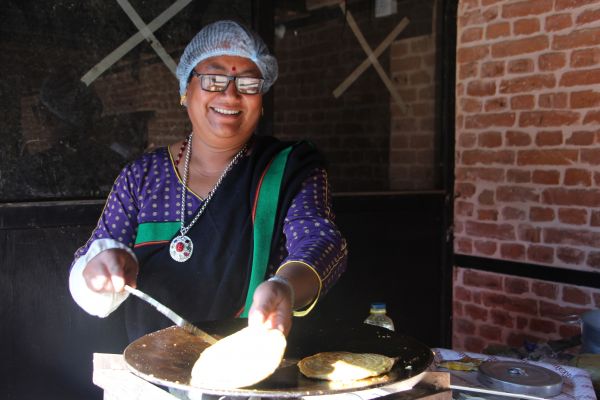
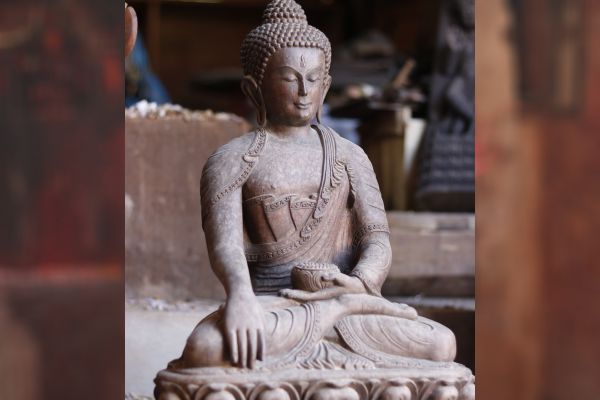
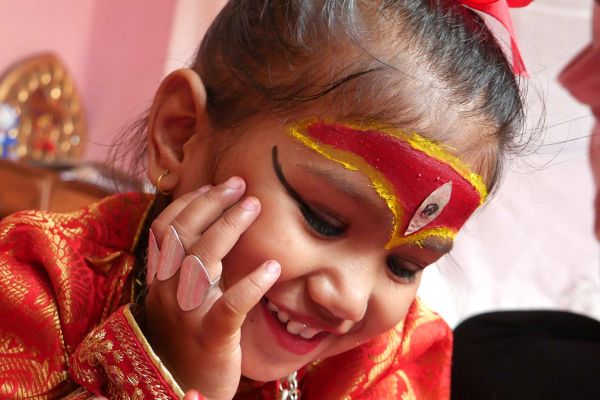
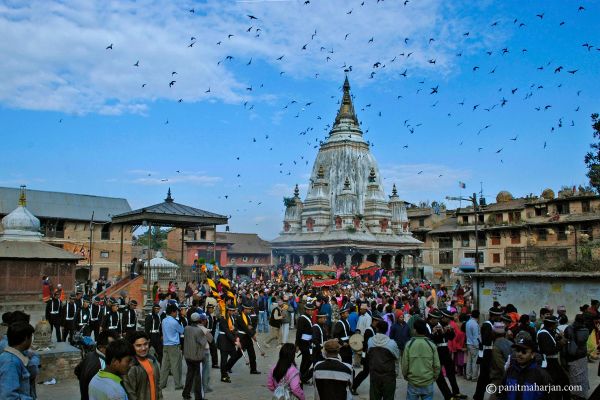
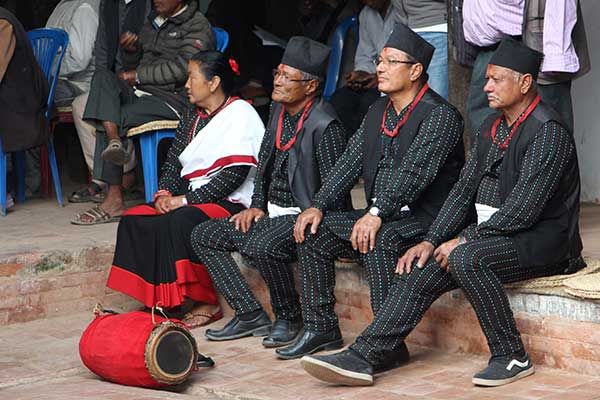
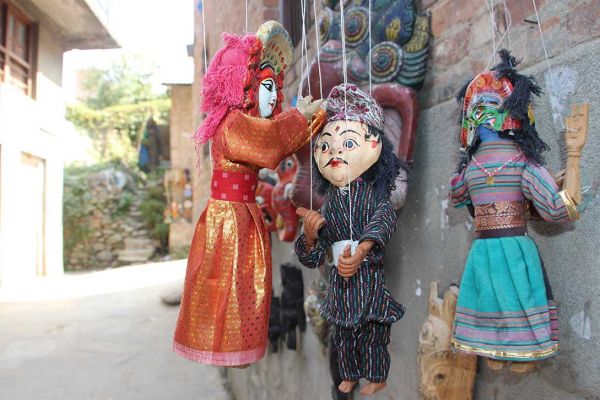

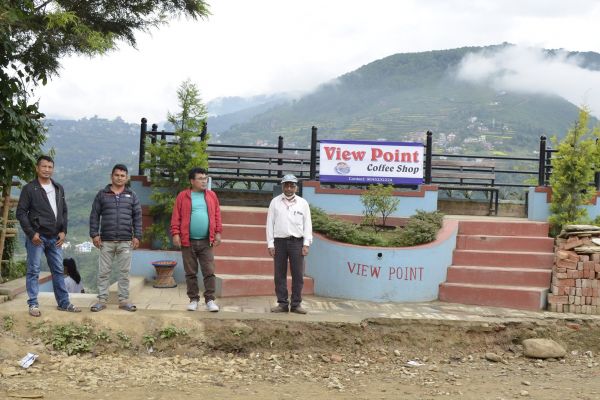
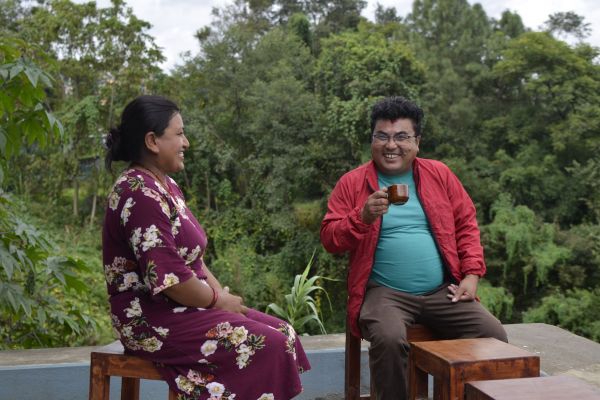


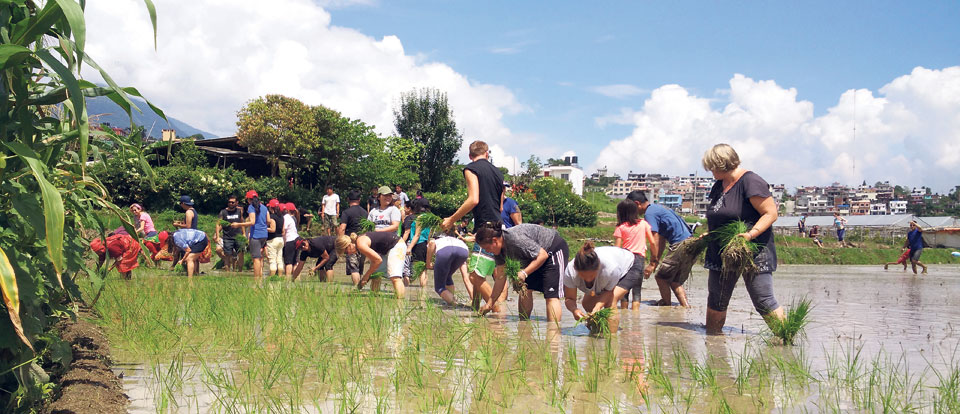
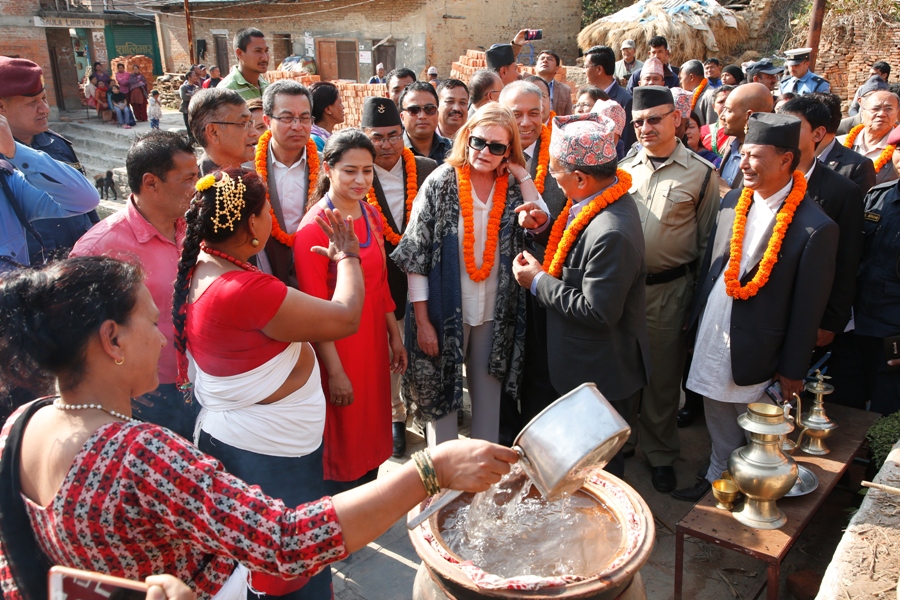
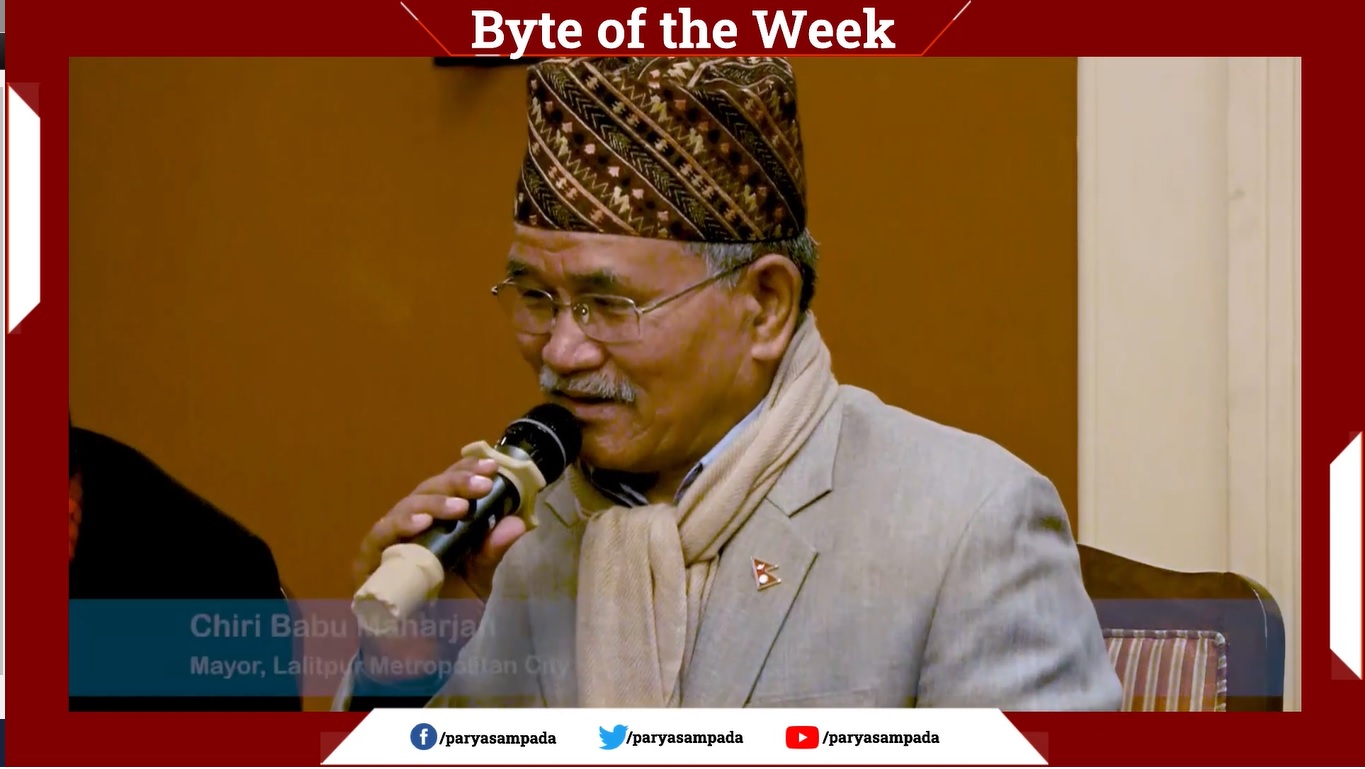




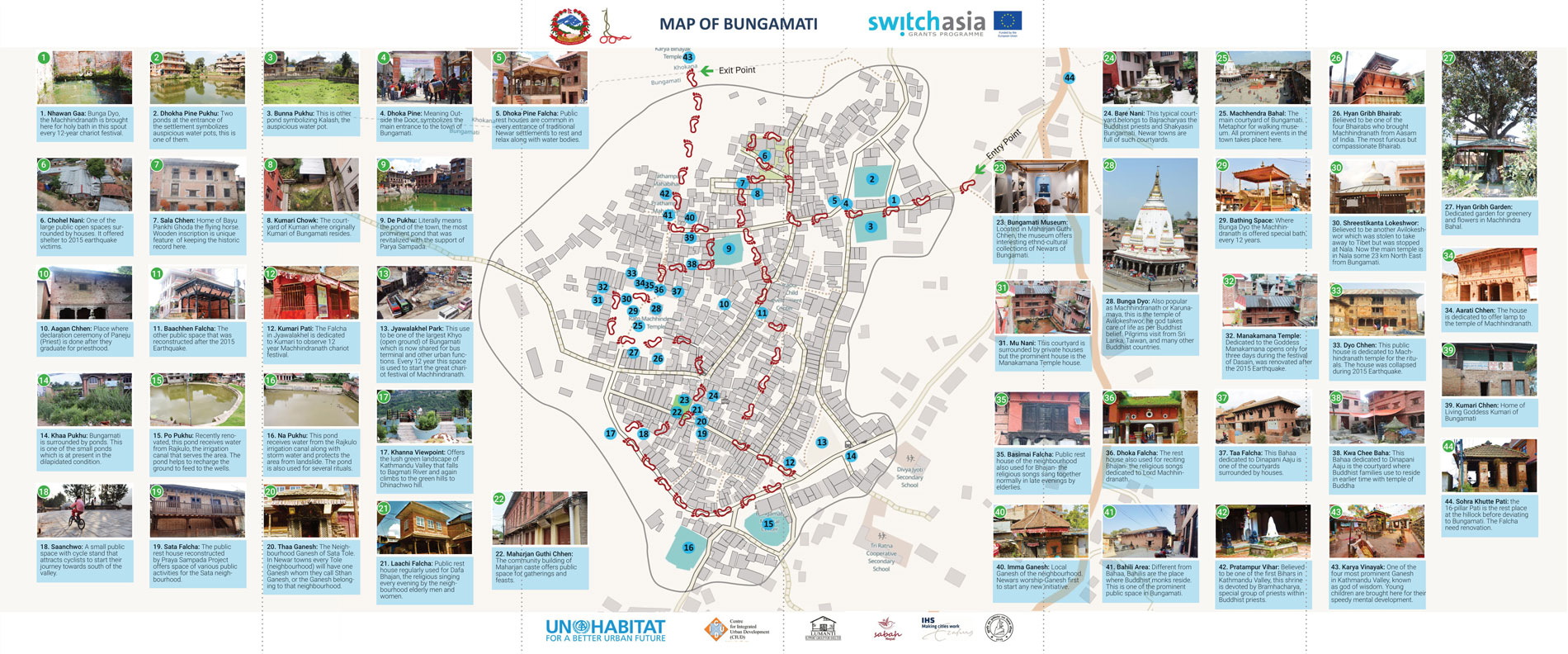

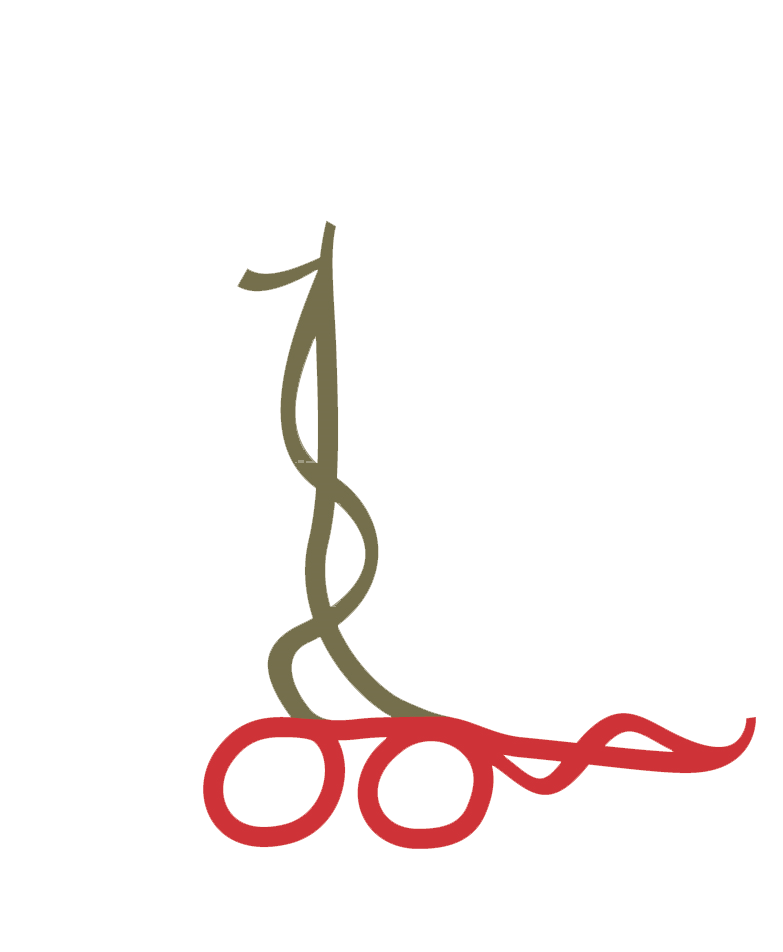 Lalitpur Metropolitan City
Lalitpur Metropolitan City 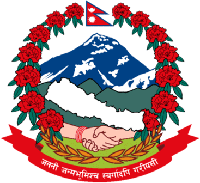 Nepal Goverment Ministry of Urban Development
Nepal Goverment Ministry of Urban Development
 SABAH Nepal
SABAH Nepal CIUD
CIUD  Lumanti
Lumanti IHS
IHS